Russell Martin’s Swansea City system analysed Friday, 24th Sep 2021 15:25 by Jerome Thomas We welcome Jerome Thomas to the fold for his observations on the club, and today his views on Russell Martin’s strategy on the pitch at Luton Town. This article is extremely interesting, not only as an insight but because Jerome has personal experience in coaching and game management. It definitely gives an improved insight in to the mindset of the new swans boss, and most certainly his ongoing game to game improvement. It goes without saying that new Swansea manager Russell Martin has undeniably been dealt a tough hand to start the season. Taking over a few days before the first match, after having no pre-season with the club and having to navigate his way through a myriad of obstacles - key players being out injured and stricken with COVID, several new signings coming in and players departing late in the transfer window, the squad being woefully unfit due to previous management - Martin has had his fair share of adversity so far. Given the difficult set of circumstances, the former Norwich City captain was unable to truly put his stamp on the first-team’s formation and playing style until the first international break. He and his coaches were then afforded a “mini-preseason”, the first opportunity to demonstrate to the players what patterns of play his system consists of and what their responsibilities are in each position. Martin’s system in theory functions nominally in a 3-4-2-1 formation, based on fluid but structured rotations and positional play, both in and out of possession. What this means in practice is that the overall shape fluctuates depending on the area and zone of the pitch play is predominantly taking place. The team sets up in a 3-2-2-3 in possession, with a line of three centre-backs, two holding midfielders, two attacking midfielders, or No 10s, operating in the half-spaces, and the central striker being flanked by the wing-backs pushed up high. 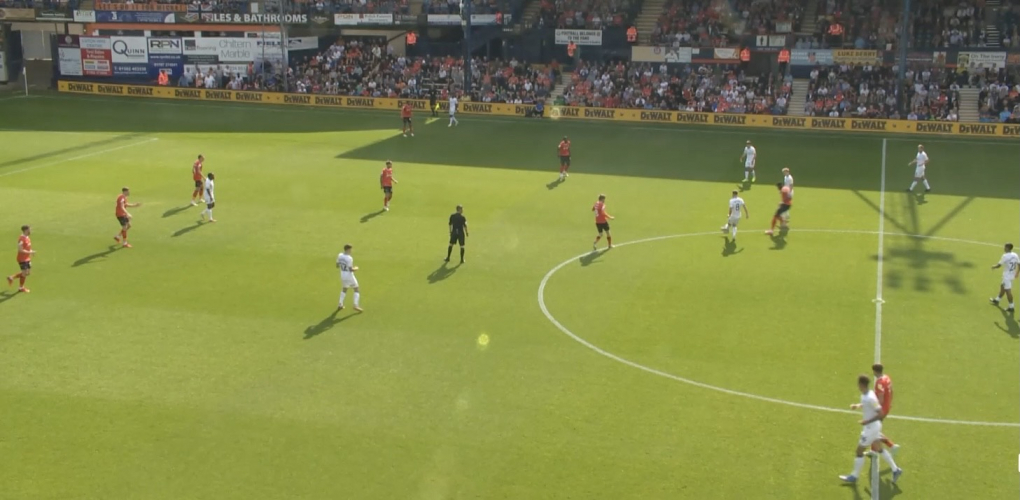 This is a difficult system to play and takes time getting players to form connections, as it relies on intelligent movement, quick interplay and players continuously forming triangles both with and without the ball. Moving the opposition around and out of their defensive shape with long passages of one-touch passing and overloads during build-up play, and then advancing the ball through the lines quickly, looking to exploit space as it opens up, is the desired method of attack. That relies on getting the ball into the feet of the two No 10s in the half-spaces, Jamie Paterson and Olivier Ntcham or Liam Walsh, either on the half-turn so they can work away from their marker, or going forward when they have found pockets of space between the lines. This is intended to draw one of the opposition central defenders towards the ball, in order to open up space through the channels for the striker and non ballside No 10 to move into.   As play is advanced into the final third, the No 10 in possession will either look to link-up with the striker with a one-two, or shift the ball out wide to the ballside wing-back, Ethan Laird on the right and Jake Bidwell or Ryan Manning on the left, for a cross or cut-back into the box from the endline. If this attacking motion is played at pace it will destabilise the opposition backline and space will open up, typically at the near post, where sharp movement from the attackers will give one of them, preferably the No 9 Joël Piroe or Michael Obafemi, a clear look at goal. 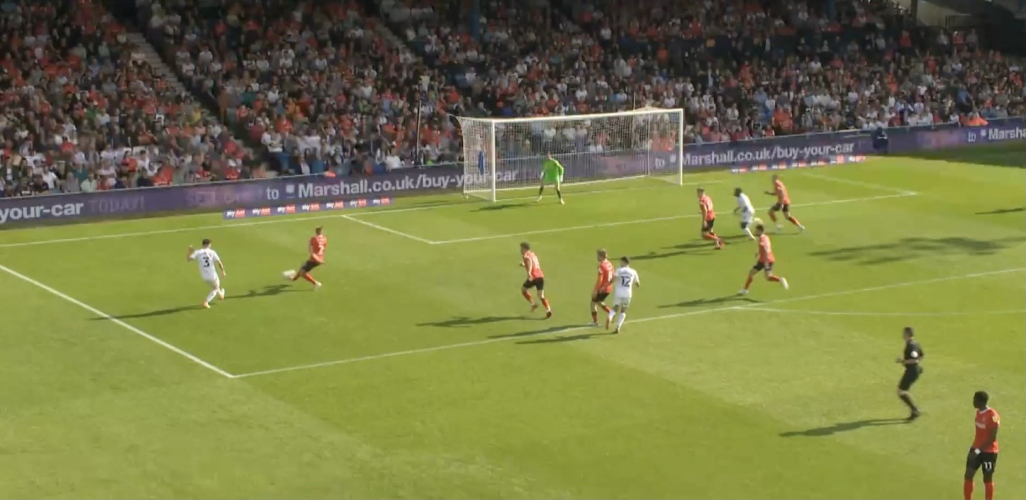 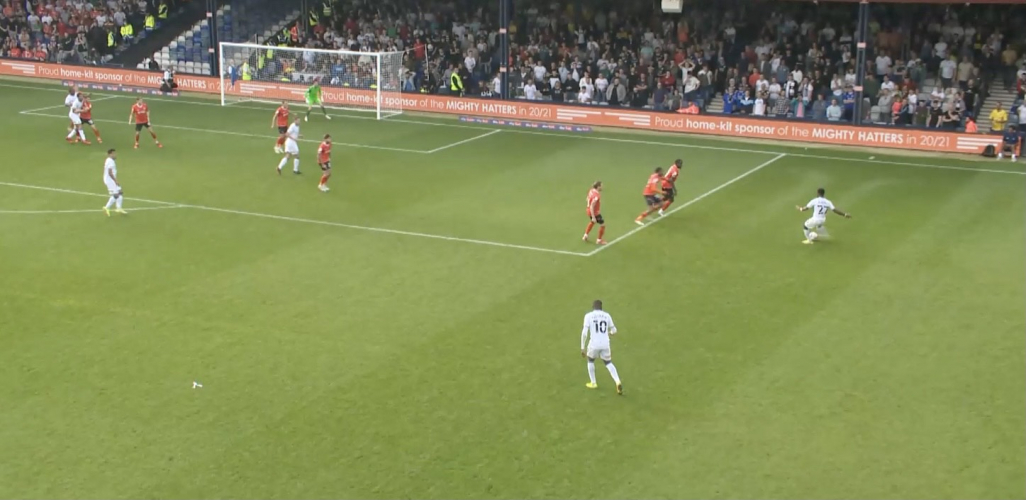 The No 10 in possession could also look to exchange quick passes with the ballside wing-back and then launch a diagonal ball to the wing-back on the opposite side of the pitch if he is in space, looking to switch the play and get in behind the defence more quickly. The wing-back will attempt to get to the endline and fire in a cross or cut-back for a teammate to finish. A lofted ball to the back post is another option here that will create a good chance, either directly at goal or with a header back across the face of the goal for an unmarked teammate to finish.  Out of possession, the formation reverts to a 4-3-2-1 when the ball is in the opposition half, with the No 9 and the two No 10s charged with pressing high up the pitch. The two wing-backs would position themselves slightly behind in a line with the more advanced holding midfielder, while the other drops into the back-line. As the opposition moves the ball into the defensive third, the wing-backs drop back to form either a five or six-man defensive line, fluctuating whenever the two holding midfielders press up to close down space just outside the penalty area. 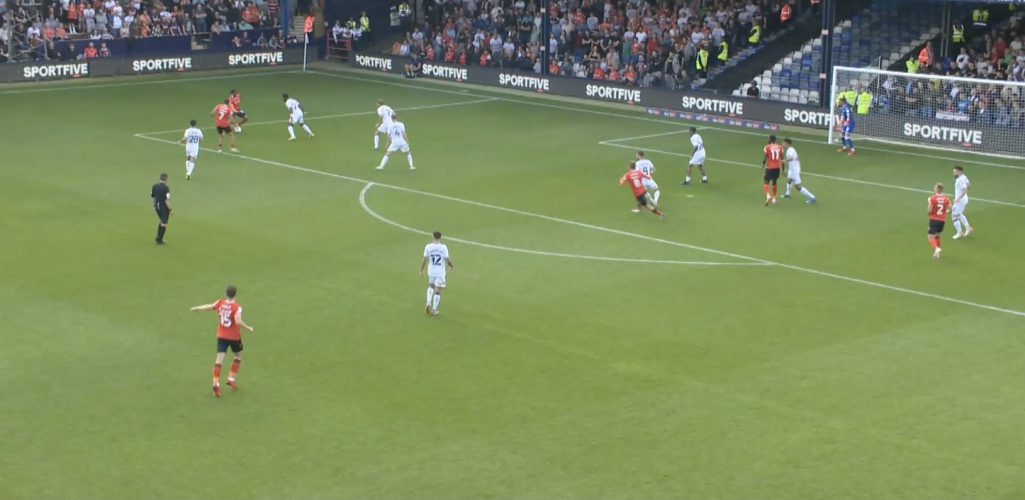 The two holding midfielders, Matt Grimes and Flynn Downes, have slightly different roles in Martin’s system. Grimes has been allowed to get forward and play through the lines a bit more, utilised as more of a conventional No 8, while Downes has been stationed as the deepest midfielder operating as the No 6 pivot. Alternating with central defender Kyle Naughton as the ‘free man’ and even dropping in next to him to form a four-man back-line, Downes is playing a position akin to a modern libero and playmaker. Although unconventional, this allows him to use his excellent touch and spatial awareness to circulate the ball into space and set attacks in motion from deep. 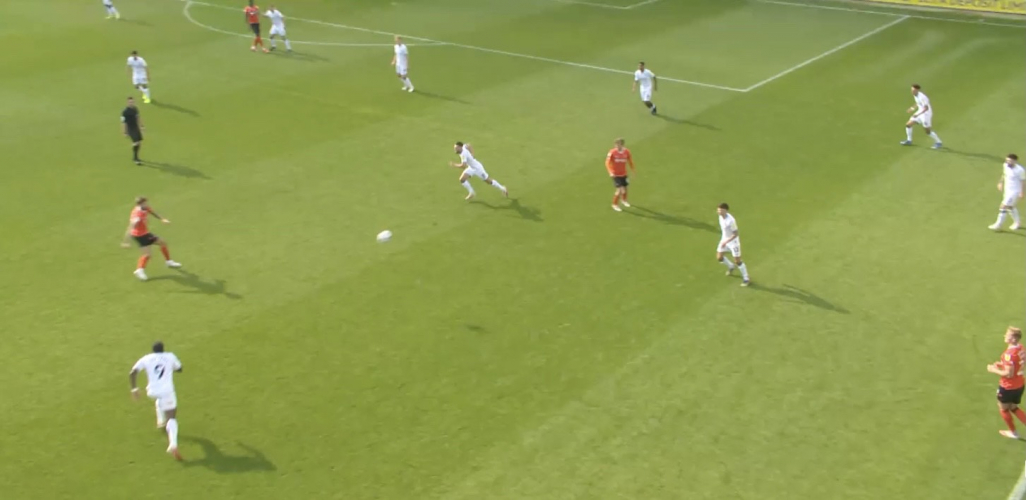 Martin also clearly identified Downes’ superior tackling ability and looked to use it to solidify the back-line in transition whenever possession was lost, as Hull, Millwall and Luton Town tend to play on the counter attack and look to get forward quickly through their widemen. Positioning Downes so deep in the defensive third also simplified the role of the keeper, Ben Hamer, taking away much of the sweeper duties that former starter Steven Benda notably struggled with during the opening games of the season. The outside centre-backs, Ryan Bennett on the right and Rhys Williams or Ben Cabango on the left, position themselves wide and look to get forward when given the opportunity. But their main task is to provide width during the build-up play, always giving the midfield an outlet for ball circulation and to relieve pressure. 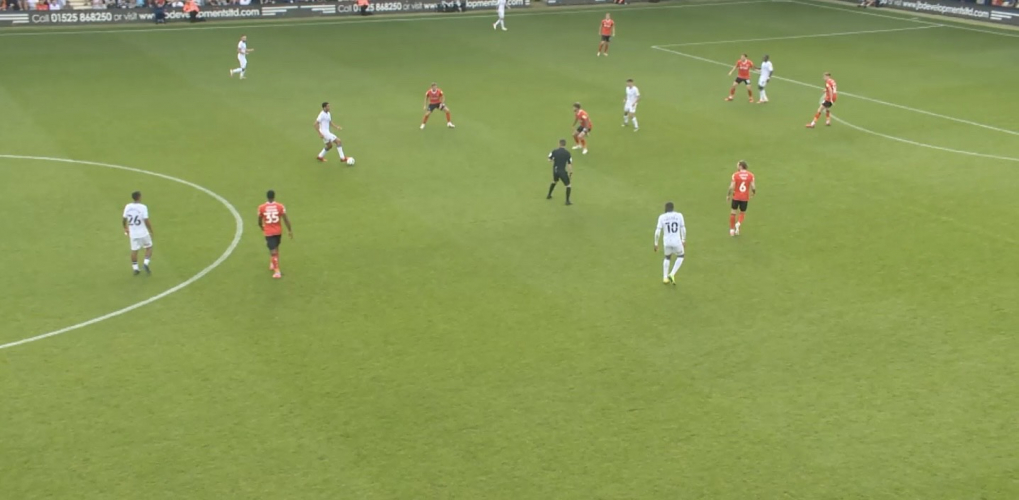 The three games since the international break have shown much improvement in the way the Swans have been playing. The level of performance has risen sharply, thanks to time spent on the training ground learning the intricacies of Martin’s system. Two scoreless draws against Hull City and Millwall, and a remarkable comeback against Luton, don’t completely reflect the nature of their performances but it gives the club much to build on going forward. 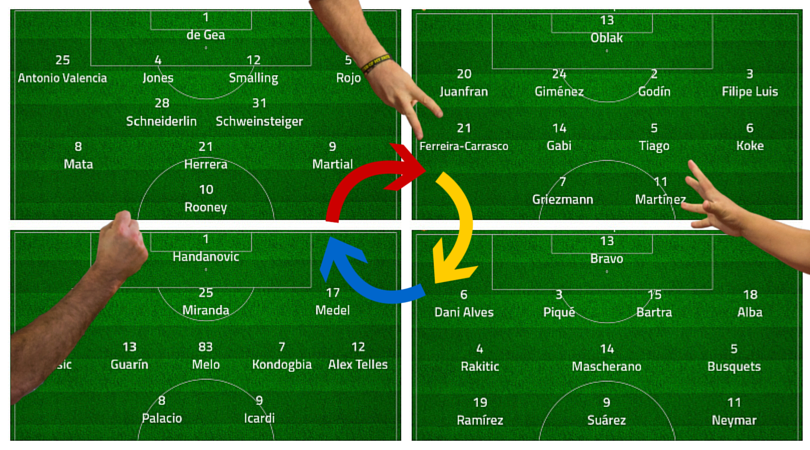 The tactics boards that win games at every level Photograph licensed from Reuters Please report offensive, libellous or inappropriate posts by using the links provided.
You need to login in order to post your comments |
Swansea City Polls[ Vote here ] |
